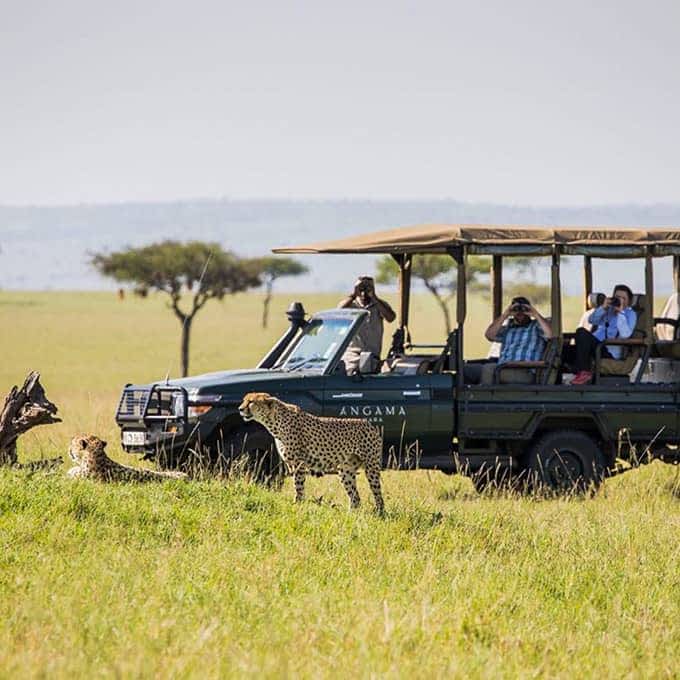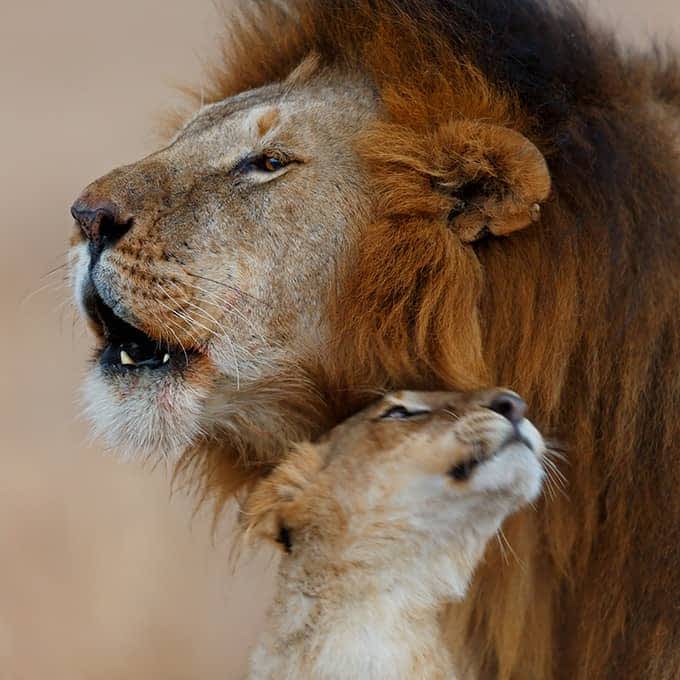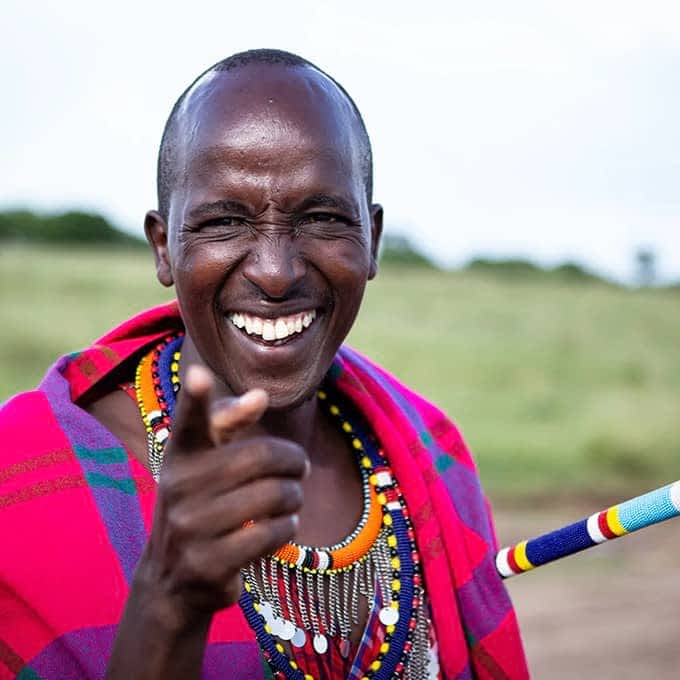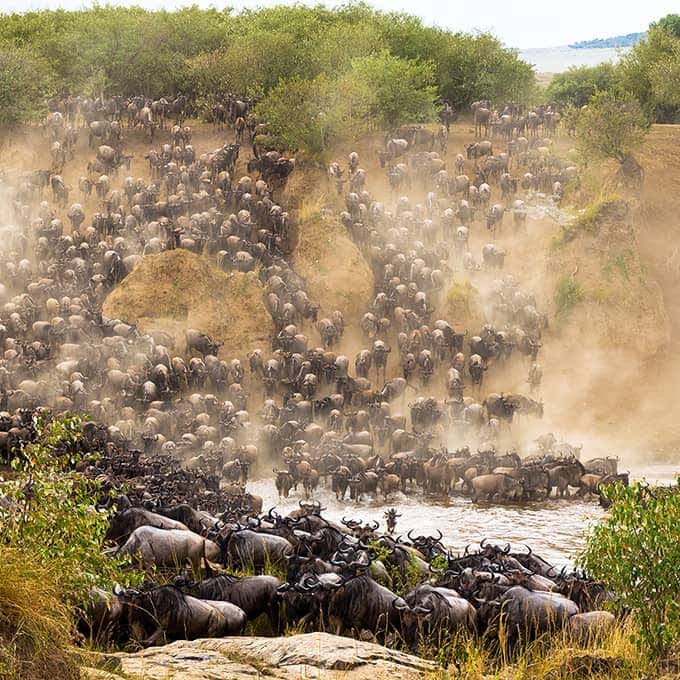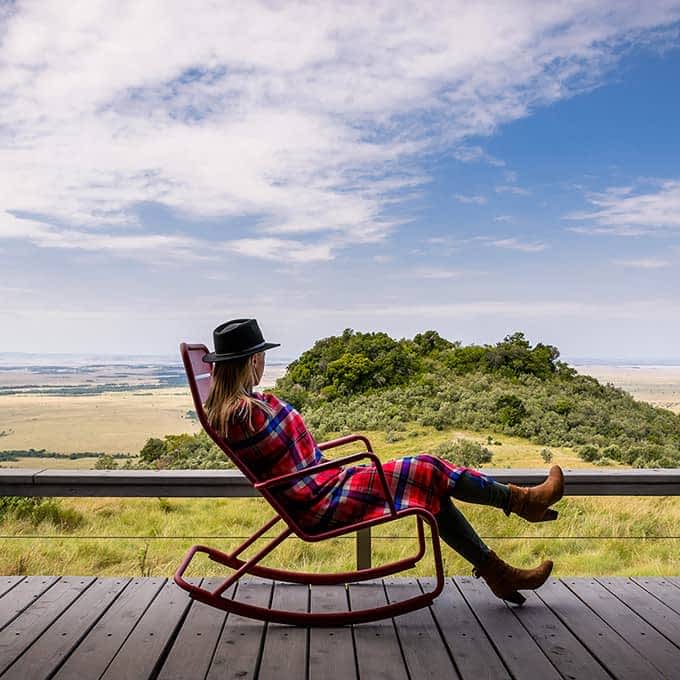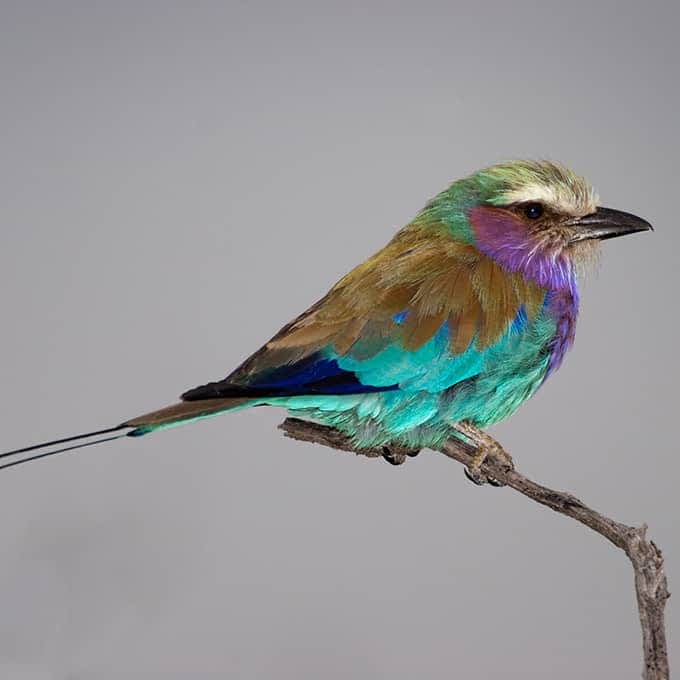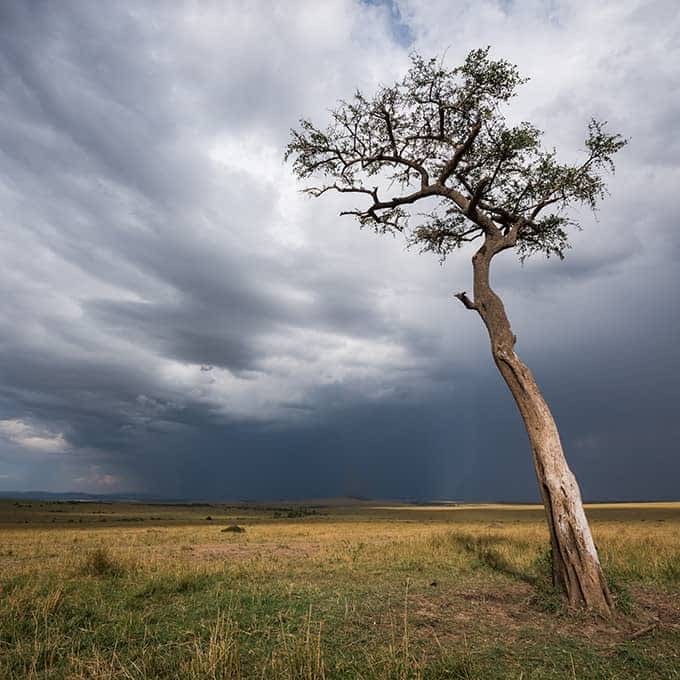The quintessential African safari dream
Ask someone to describe their dream of going on an African safari and you’ll probably hear the same answer nine out of ten times. People dream of being in awe by wildebeest-spotted savannahs, of having their breath be taken away by unexpected lion encounters and of having their hearts thump in excitement while watching a thrilling chase between predator and prey. One of the best places on earth to have this African safari dream come true in the Masai Mara National Reserve and conservancies.
Why visit Masai Mara?
Close your eyes and envision a gentle rolling savannah stretching out as far as the eye can see. Imagine countless wildebeest and zebras grazing lazily right there in front of you. The feeling is humbling and inspiring all wrapped into one. The Masai Mara is known for the highest concentration of wild animals in the world. More than 40% of Africa’s larger mammals can be found here. However, there’s more to the Masai Mara than endless plains. Aside from the main Masai Mara National Reserve proper there are a dozen community conservancies, several group ranches and quite a few Maasai villages in the area.
Masai Mara conservancies
The Greater Masai Mara area is made up of the Masai Mara National Reserve, an unfenced reserve where animals are free to roam, but it also consists of several conservancies. These pieces of land are privately owned by Maasai families. Safari lodges lease the land from the Maasai which gives these Maasai families the chance to invest in their communities by funding education or development initiatives. From time to time you will see Maasai farmers and their grazing cattle at the conservancies. The introduction of these conservancies has been a win-win situation for the environment and the Maasai. Land that was once overgrazed by cattle is now being rewilded and the Maasai can invest in their communities through their earnings from the conservancies. Learn more about the different Masai Mara conservancies.
The Great Migration in Masai Mara
Every year from July through October, the Masai Mara becomes the backdrop of one of the most spectacular wildlife shows on earth - the Great Migration. The sight of so many animals dotting the plains is almost inconceivable. The rolling savannah’s sunburnt grasses become home to more than 1.5 million zebra, wildebeest and antelopes trekking from the Serengeti to the Masai Mara in search of greener pastures and water. The Great Migration is unique to the Serengeti and the Masai Mara. There is nothing else quite like it. There are no guarantees, but if you would like to witness this breathtaking spectacle at the Masai Mara keep the following in mind:
Mid July: the herds enter the Masai Mara and embark on their fateful Mara River crossing. Crocodiles and hippos living on the banks of the Mara River are only two of the dangers the wildebeest and zebra encounter upon crossing the river.
September – October: this is the time of year in which you will see a mindblowing number of wildebeest enjoying the feasts of their labor on the endless plains of the Masai Mara.
Learn all about the Great Migration in Kenya.
African Big Cats
During migration season African big cats come to life. The endless stream of migrating prey offers the big cats a seemingly endless buffet of meal options. Lions, leopards and cheetahs grow stronger during this time of year and are able to have healthy little ones with plenty of food to grow. There are quite a few lion prides in the Masai Mara that have lived in the area for decades. Females are permanent members of the pride, however the male lions tend to get chased out of the group by other male lions. At night you may even hear a deep roaring of male lions warning other males to stay away from their territory. For the best chance of seeing a lion on the prowl in search of prey, head out on an early morning or late afternoon safari and you may see one of the females in action. Learn all about wildlife in the Masai Mara.
Masai Mara landscape
The Masai Mara was named in honour of the Maasai people, the ancestral inhabitants of the area. The word 'Mara' means 'spotted' in the Maasai (Maa) language. Upon visiting the Masai Mara, it won’t be hard to understand how this area got its name. The short bushy trees that dot the landscape do give it a kind of 'spotted' look. The Greater Masai Mara ecosystem is massive. It amounts to almost 1510 square kilometers. The area is bordered by the Serengeti in the south and to the north, east and west lie Maasai ranches. Although the riverbanks of the area’s three rivers (The Sand, Talek River and Mara River) are lined with shrubs and trees, most of the reserve is made up of open grassland spotted by an occasional flat-topped acacia tree. There are two distinct rainy seasons in April – May (the long rains) and in November – December (the short rains).
History of the Masai Mara
The Masai Mara has only been a wildlife sanctuary for approximately 50 years. It was originally established in 1961 and at the time it consisted of only 520 square kilometers (which included the Mara Triangle). Later the amount of land covered in the sanctuary expanded and in 1974 the area received National Reserve status. A portion of the land was returned to local communities and currently the Mara ecosystem consists of 1,510 square kilometers. The Maasai people have always relied on their land to feed their cattle and to provide their families. Thanks to the establishment of the reserve as a protected area for the conservation of wildlife and wilderness and the areas designated as conservancies, the Maasai are able to sustain their way of living and improve their quality of life.
Further reading

